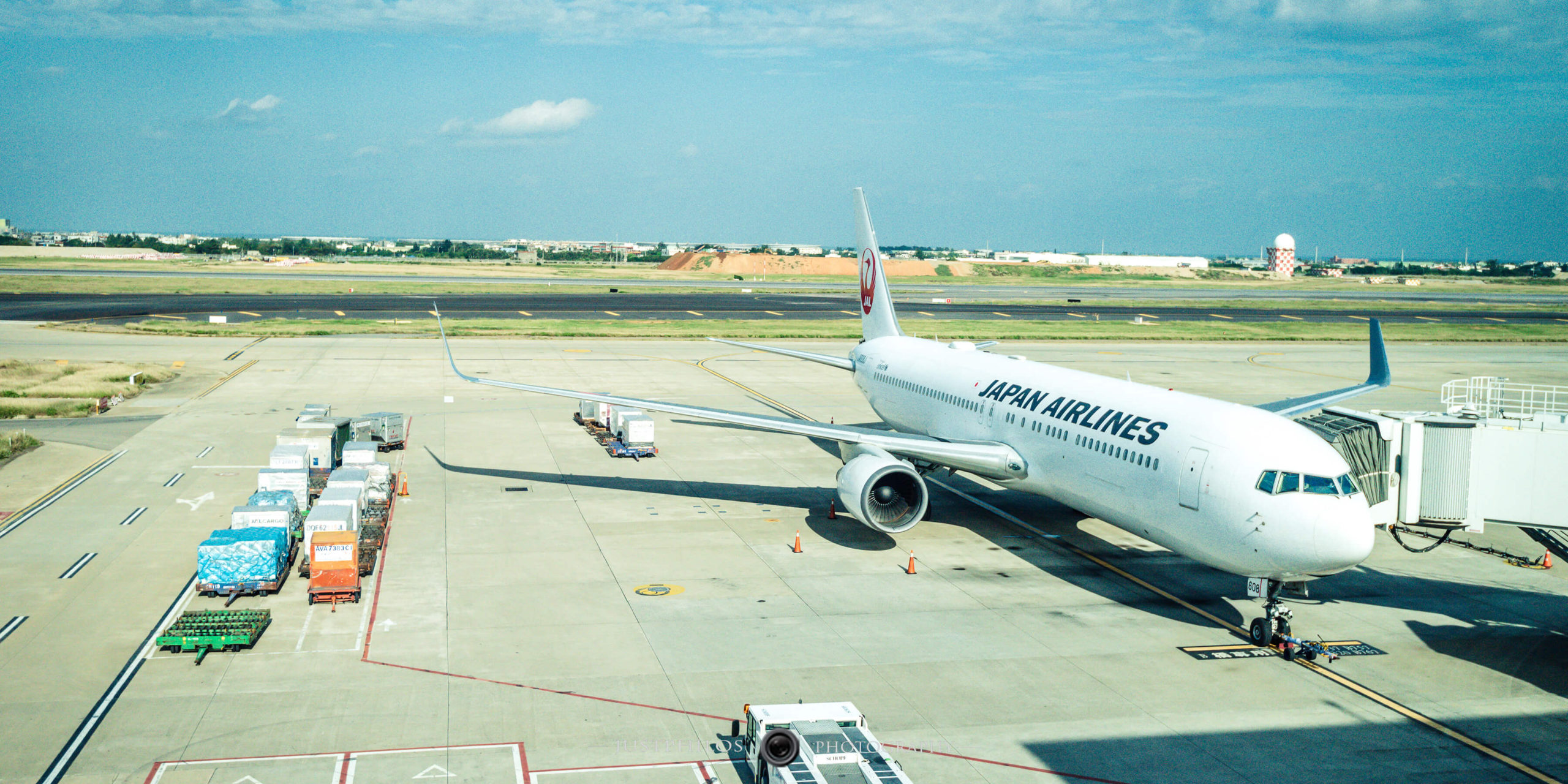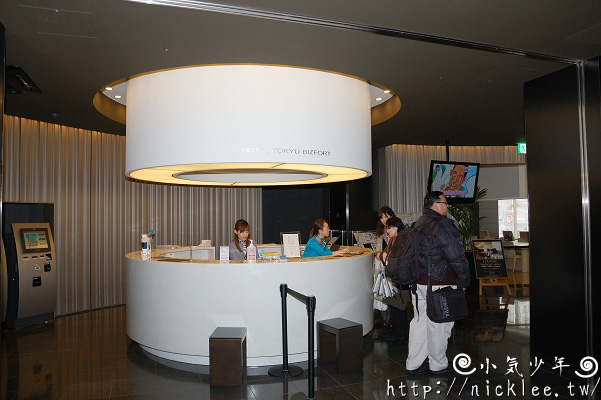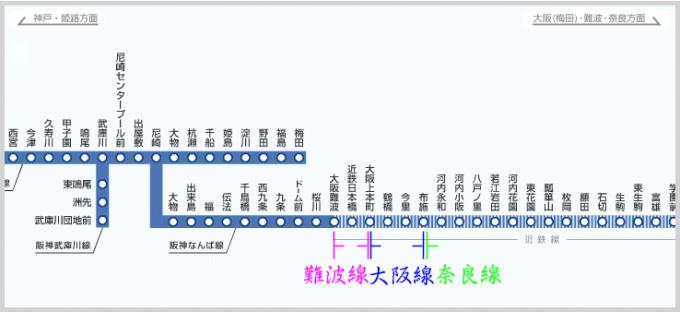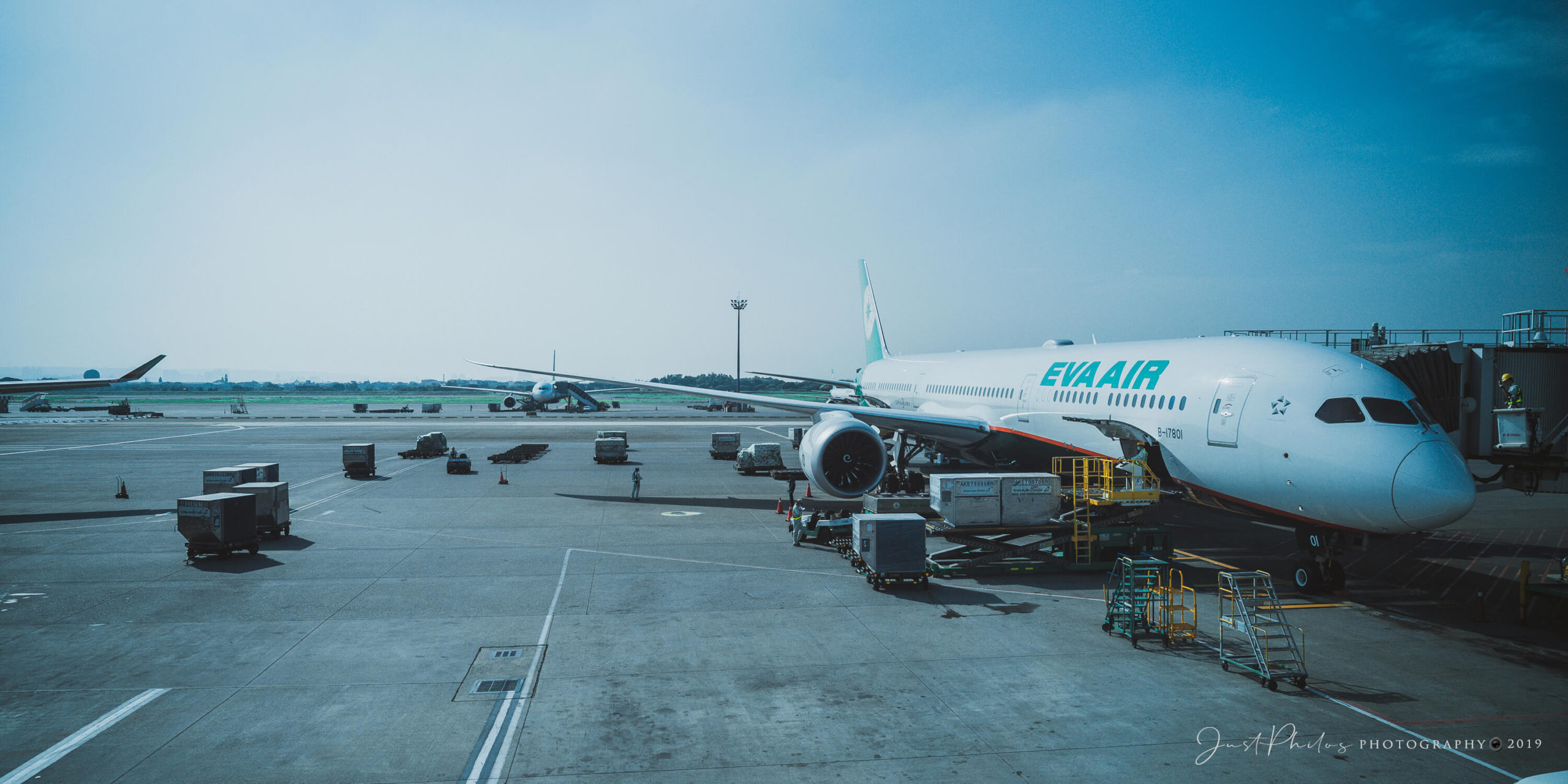Summary
Because I had a good flying experience with JAL Japan Airlines when I traveled to Tokyo in 2015, I chose to fly with Japan Airlines again for this trip to Tokyo, from Taoyuan Airport to Tokyo Narita Airport. JAL JL802 and JL809 are the main routes for Japan Airlines flying to Taiwan. Originally, the flight was scheduled to be operated by a B787-8 Dreamliner, and I was looking forward to experiencing the fantastic Dreamliner. However, due to JAL’s cabin change plan, the aircraft was switched back to a B767-300ER. Although I couldn’t experience the Dreamliner this time, the B767 aircraft used for this flight was equipped with JAL’s “JAL SKY SUITE” new cabin, which satisfied my small regret.
Flight Information:
- Japan Airlines (JAL)
- Flight Number: Outbound/JL802 (JA606J), Return/JL809 (JA606J)
- Aircraft Type: B767-300ER
- Travel Dates: 2018.11.29, 2018.12.5
- Flight Time: Outbound/10:00-14:05, Return/18:00-21:15
What’s special about this trip is that I flew on the same aircraft for both the outbound and return flights. Although the aircraft is probably over 10 years old, the overall condition of the aircraft, both inside and outside, is very good due to JAL’s regular maintenance and the replacement of the cabin with JAL SKY SUITE.

The so-called “JAL SKY SUITE,” according to the official website of Japan Airlines, not only boasts a “lie-flat” experience in the business class, but also has specially improved the design of the economy class seats, with significant improvements in the seat back and seat pitch. Therefore, even in the economy class, you can have a great flying experience.

In addition, the in-flight entertainment system has greatly improved compared to the old B767 cabin I flew in 2015. Firstly, the AVOD system has been upgraded to a 10.6-inch screen, which is quite clear. There are five language options to choose from, including Traditional Chinese (finally no longer have to watch AVOD in Japanese only). The operation, whether directly touching the screen or using the remote control, is quite intuitive, and there is a significant upgrade compared to the old cabin.

The cabin seat configuration of JAL B767-300ER is 2-3-2, which is the same as the new cabin and the old cabin. The flight I took with JAL this time was during the end of the maple season and the peak season for viewing ginkgo trees in Tokyo. Overall, the flight was very full, with an estimated occupancy rate of over 95%. Therefore, I originally wanted to take more photos of the interior of the new cabin, but I felt embarrassed to keep taking pictures with my camera, so I only took a few simple shots of the cabin configuration.

When flying with JAL in the past, I always looked forward to the in-flight meals. However, in recent years, there seems to be a trend of cost-cutting… In the past, there would be two side dishes, but now they have been replaced with fruits or salads, which is quite regrettable… Fortunately, on the return flight, there was still the signature Haagen-Dazs ice cream, which was acceptable.


The remaining part is the photos taken during the flight. Because the weather was very good that day, I could easily take photos of the blue sky and white clouds. However, after seeing too many, it can get boring, so I will just post a few to record.




Although the flight from Taiwan to Tokyo takes more than 3 hours, the flight was quite comfortable due to the excellent weather on the day of the flight and the stable winter air currents. On the return journey, I even ate the in-flight meal and slept all the way back to Taiwan. The only regret on the entire flight route was that I couldn’t see Mount Fuji on the outbound flight, which was quite a pity.

Overall, the flying experience with JAL on this trip was quite good, whether it was the comfort, smoothness, flight time, or the timing of the flights. However, since I have already flown with Japan Airlines twice, if I have the opportunity next time, I would like to try All Nippon Airways (ANA), another Japanese airline, and experience a different flying experience.






